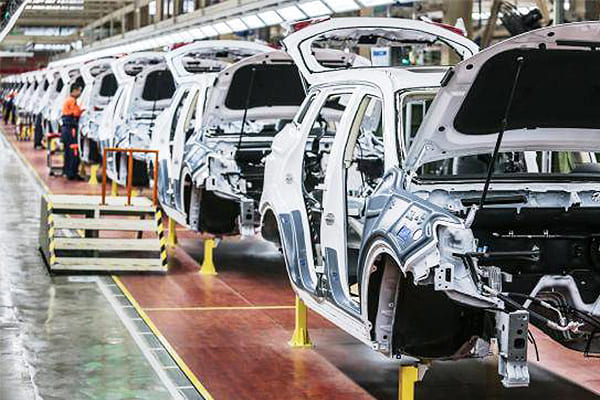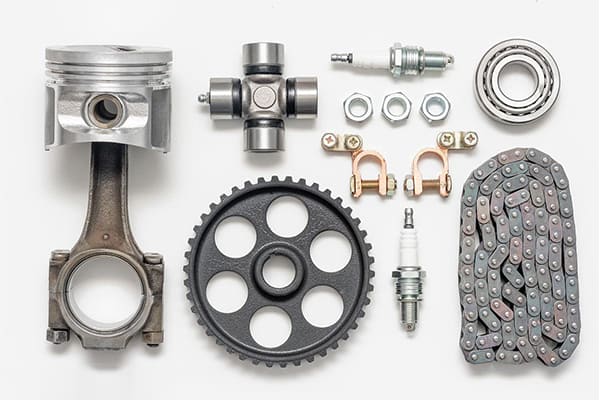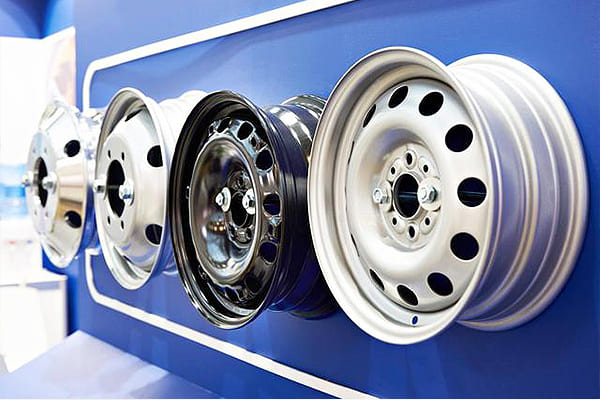Importance and growth of the automotive industry
The automotive industry is one of the cornerstones of the global economy, responsible for producing millions of vehicles annually. As transportation needs have evolved and grown, so has the demand for more advanced, reliable, and efficient vehicles. The industry has witnessed a significant transformation over the decades, from the early days of hand-assembled vehicles to today’s highly automated assembly lines. With emerging markets expanding, the rise of electric vehicles, and a push towards sustainability, the automotive sector continues to grow both in terms of production numbers and technological advancements.
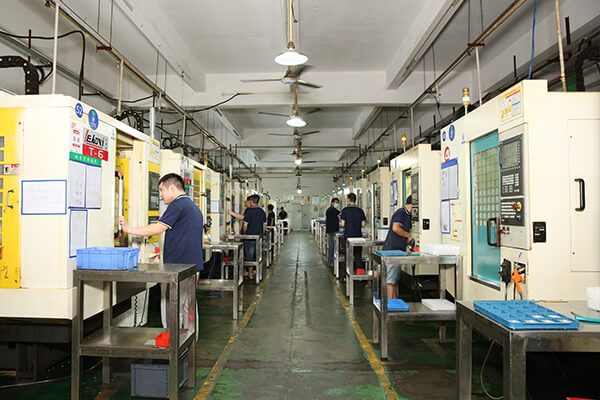
Highly experienced htsin
How technological advancements have shaped automotive manufacturing
Over the years, the automotive industry has been a testament to the symbiotic relationship between manufacturing and technology. As vehicles became more complex, demanding better performance, efficiency, and safety, the manufacturing processes had to evolve in tandem.
The advent of Computer-Aided Design (CAD) and Computer-Aided Manufacturing (CAM) in the latter half of the 20th century marked a monumental shift. These technologies allowed for greater precision in design and production, making it possible to produce parts that were previously deemed too intricate or complex. The introduction of CNC machining further augmented this, offering unparalleled consistency, speed, and flexibility in production.
The digital revolution also paved the way for other transformative technologies in automotive manufacturing. Robotics, for instance, has become integral in many assembly lines, ensuring faster production times while maintaining high-quality standards. Moreover, advancements in materials science have led to the development of lighter, stronger, and more durable materials, all of which are crafted and shaped using advanced machining methods.
In essence, each technological leap, from the early assembly lines to today’s highly automated and digitized production environments, has shaped and refined the way vehicles are manufactured. CNC machining, with its precision and efficiency, remains at the forefront of this evolution, ensuring that the cars of today and tomorrow are built to the highest standards.
sufficient stock
Key Advantages of CNC Machining in Automotive
- Precision & Reliability: Ensuring parts meet strict automotive standards.
- Speed & Efficiency: Rapid prototyping and production for faster time-to-market.
- Flexibility: Ability to adapt to changing automotive designs and needs.
- Cost-Effective: Economies of scale and reduced waste in production.
- Material Diversity: Utilizing a range of materials to meet various automotive requirements.
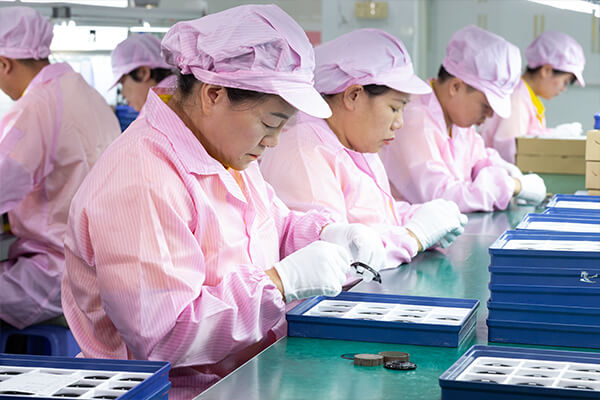

Highly experienced htsin
Applications of CNC Machining in Automotive
- Engine Components: Pistons, crankshafts, and cylinder heads.
- Body & Structure: Door frames, chassis components, and other structural parts.
- Interior Components: Dashboard elements, knobs, and intricate designs.
- Custom Parts: For high-performance cars, racing, or aftermarket modifications.
- Prototyping: Testing new designs or innovations.
sufficient stock
Key Advantages of CNC Machining in Automotive
- Precision & Reliability: Ensuring parts meet strict automotive standards.
- Speed & Efficiency: Rapid prototyping and production for faster time-to-market.
- Flexibility: Ability to adapt to changing automotive designs and needs.
- Cost-Effective: Economies of scale and reduced waste in production.
- Material Diversity: Utilizing a range of materials to meet various automotive requirements.
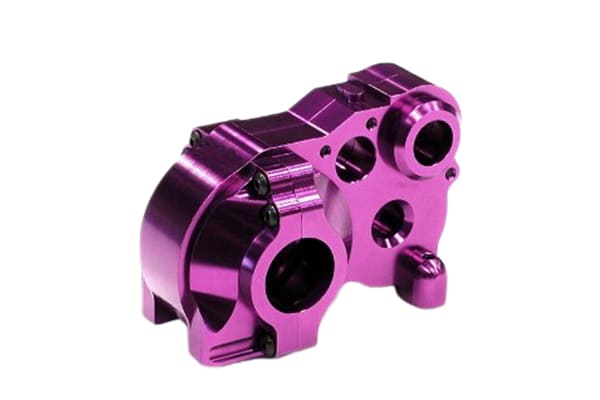
Why Choose Our Services for Automotive CNC Machining?
Htsin Precision is your premier parts manufacturing company, offering custom precision CNC parts that offer more than just quality products.


